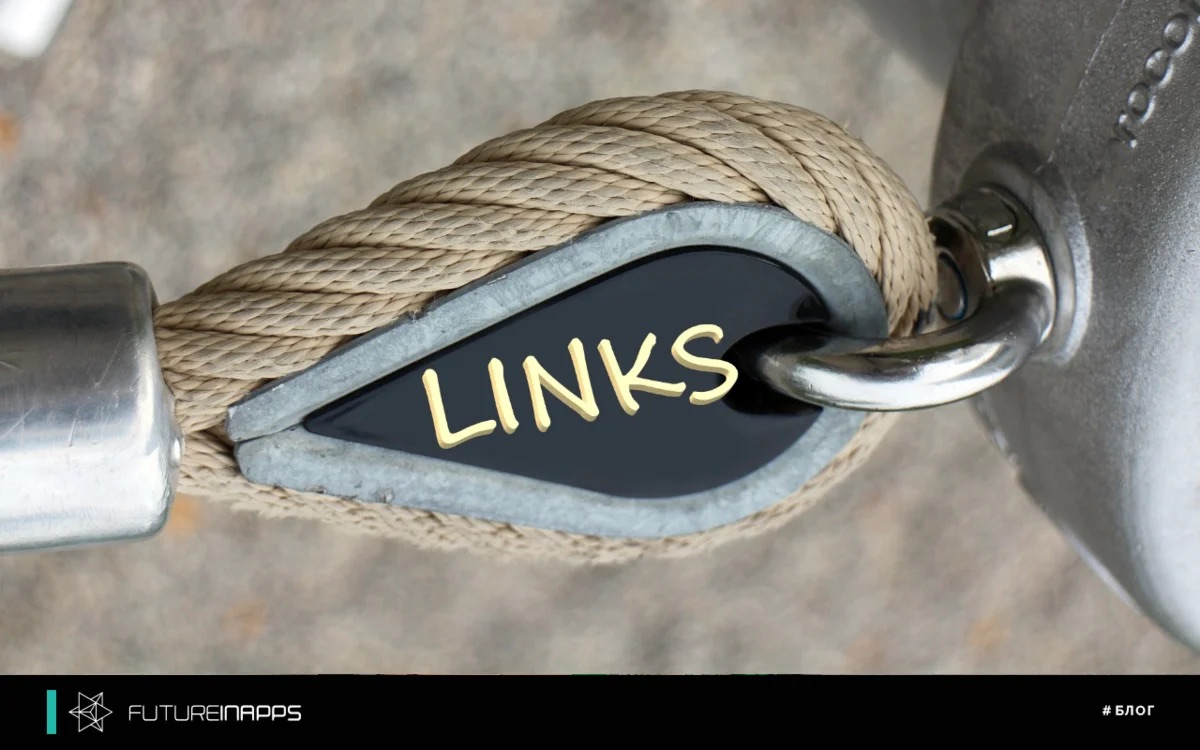The exclusion of the audience, which "merges" the budget of the advertising campaign in Yandex Direct and Google adwords, will help reduce costs.
With the erosion of accuracy such as matching, PPC has become more focused on the audience than ever before. Advertising platforms offer virtually endless ways to slice and crop your audience to find the perfect customers for your brand.
When developing a strategy for an audience, identifying people you don’t want to focus on is as important as finding people you want to reach. Creating an unnecessary, let's call it negative, audience helps reduce costs and ensure that people see the right messages at the right stage of the funnel, and prevents people from getting tired of your ads.
In this article, we will share five audiences that you should exclude from some or all of your PPC campaigns.
Read more:
Let's start with the basics: the essence of PPC (contextual advertising)
Google search advertising. What you need to know before setting up
Job seekers
Retargeting is often set up for people who once visited your site. That is, “finishes” them with a reminder of their product in advertising. If applicants come to your site (selling, for example, equipment) and are interested in free vacancies, then you are unlikely to want to spend money on them, again showing them ads. Thus, you need to adjust the audience of retargeting.
Typically, you can identify these people by creating an audience URL for the Jobs page on your site. If you are linking to a third-party site for job applications, see if you can add a pixel to this site or track clicks on this site as a Google Analytics event, to then create an audience for the exception.
Current customers
Current customers fall under the favorite "it depends" category. Depending on your business model, you can exclude current customers from all campaigns.
You can create an audience for exclusion by uploading customer email addresses to the list. In addition, if your product offers network login, you can create audience retargeting based on people who visited pages that would indicate their status as a paying customer.
In some cases, you can continue to focus on existing customers. You might want to segment customers so that they are not included in campaigns related to Product A for which they already pay, but included them in campaigns related to Product B.
Similarly, e-commerce brands often find value in revenue from people who have bought in the past. You can segment past customers into their own audience to see their future behavior.
People looking for tech support page
If people browse the tech support pages, they are most likely already existing customers who are looking for help using your product, rather than buying it. You can create a retargeting audience based on the URLs associated with the support section of your site and exclude them from advertising campaigns.
Of course, there are times when you focus on your existing customers. For example, people who are looking for information and help with one product may be buyers of some additional options. For example, a player of a player may be interested in new headphones for him. Or, if you offer premium support, you can promote this opportunity through remarketing.
Past conversions
Your strategy for targeting or excluding an audience that has made conversions in the past (these are not necessarily customers, but people who performed targeted actions on the site, such as sending a contact form, for example) will also depend on your business goals. As one example, here is a multi-step funnel:
At the initial point of contact, people are offered an asset in exchange for their contact information. After submitting the form, you can add them to the retargeting list based on the transition to the "Thank you" page for this asset.
Then you exclude them from the asset campaign, as they already have the asset in their hands, but add the audience to another campaign where the call to action is to buy another related product.
Audience retargeting in campaigns without retargeting
If you run special retargeting campaigns, make sure that you don’t communicate with the same people in other campaigns. This setting in Google Adwords allows you to properly segment the audience of both data and advertising messages.
For example, you can run a Facebook interest-targeting campaign.
Start Improving Your Audience
Although this article offers five examples of potential negative audiences, you can do your own brainstorming as you think through your marketing when setting up contextual advertising. Stop wasting money on the wrong people and focus your spending on the right audience!
Futureinapps in Kazan is engaged in setting up PPC advertising. We will help advance your online business!







